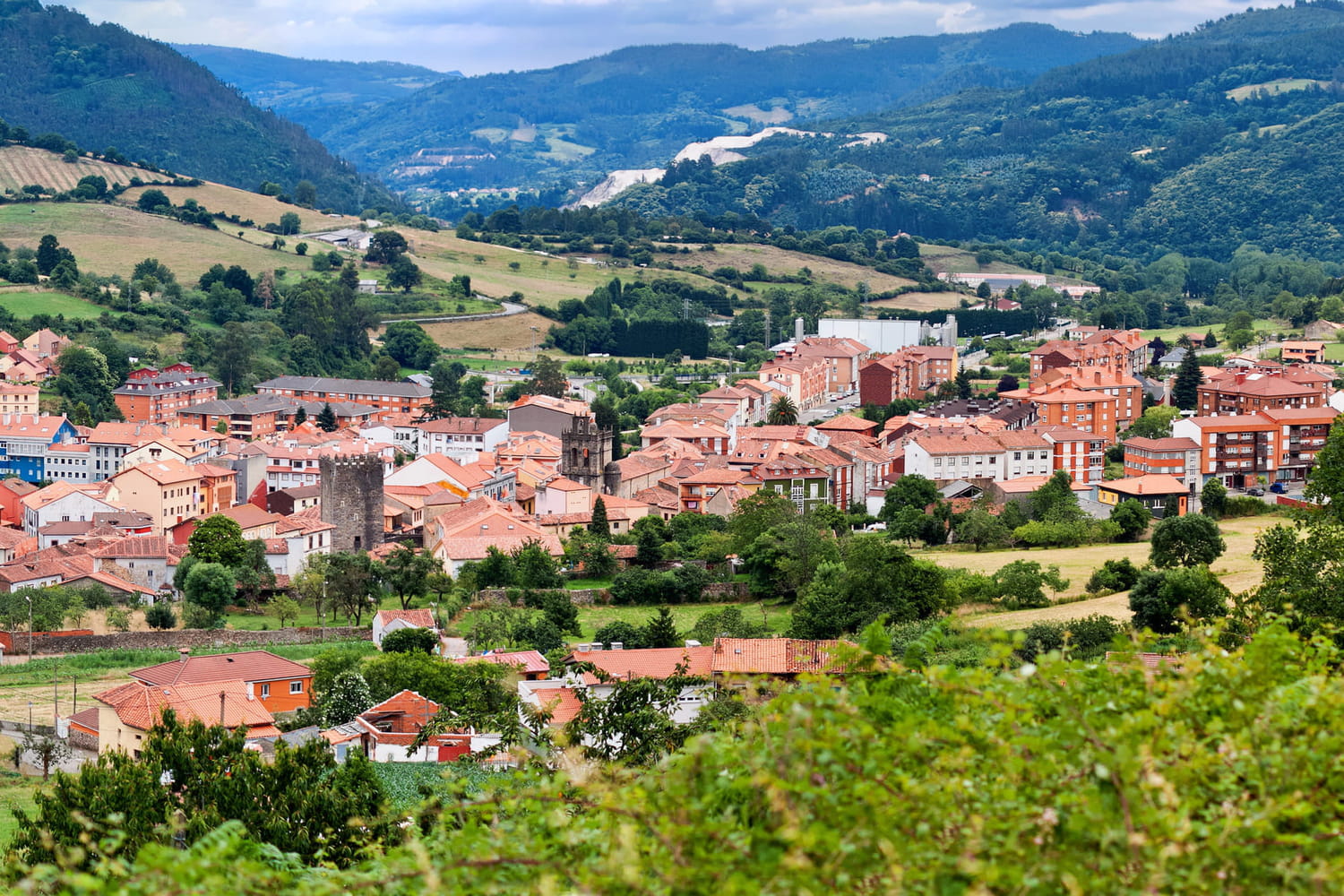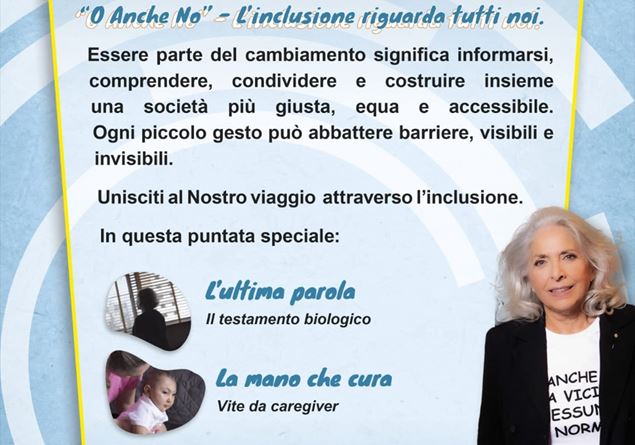And if the diagnosis of energy performance (DPE) Your accommodation suddenly improved, without the slightest renovation? Incredible but true for millions of goods heated to electricity! In the wake of the announcement, on July 9, by the Prime Minister, of a next DPE reform, a ministerial decreepublished Tuesday, August 26, plans to lower the electricity conversion coefficient in 17% in the calculation of the DPE, on January 1, 2026, to 1.9 against 2.3 currently. A level which will bring it closer to the coefficient of gas, fuel oil and wood, fixed at 1. The heated accommodation with electricity will therefore be less disadvantaged than today compared to the others, in terms of the DPE note.
“To popularize, this decrease of 17% (of the electricity coefficient) corresponds to a gain of half a class on the scale of the DPE”which goes from A, for the least energy -consuming accommodation, to G for the worst energy colanders, explains Julien Besnard, president of the Casam thermal design office. According to him, the calculation of the DPE of an electricity heated accommodation, after the reform of 2026, is therefore “Quite predictable». Especially for three real estate portraits of real estate.
Electric heating: a better DPE for thousands of homes in 2026, without doing anything!
Go from F to E, an asset for rental
The leader first quotes the case of a Studette of 15 square meters, noted F on the DPE, typical of a Student accommodation Parisian. Heated by electric radiators, this energy coland consumes 490 kilowatt hours per square meter and per year. “With the reform (from 2026), the consumption of this apartment will be reduced by 17%, to 406.7 kWh/m2/year, which will allow it to obtain the letter E” (see infographic), demonstrates Julien Besnard. The maximum 15 -meter accommodation housing is indeed rated on the DPE if their annual energy consumption is less than 421 kWh/m2, from the overhaul of the DPE carried out in 2024 to correct a bias unfavorable to small surfaces. This gain of a label on the DPE is not trivial: it allows the owner lessor to continue renting his accommodation until 2034, when the prohibition of rental of classified thermal colanders will be used, which will strike those noted F from 2028.
Second case, that of a house heated to electricity, with, as auxiliary heating, a wood or pellet stove. “To cope with the rise in electricity prices, between 2006 and 2022, many households opted for the installation of a stove, in addition to electric heating”notes Julien Besnard. But the stove heated only the living room and not the bedrooms, and constituting only an extra heating, the share of electricity remains preponderant in the energy consumption of this type of house, often noted E.
Student accommodation: 3 tips for paying (a lot) cheaper your home insurance
Encourage the installation of heat pumps
Thanks to the new DPE, its annual energy consumption of 300 kWh/m2 will automatically drop by 17%, at 249 kWh/m2/year. This will allow it to obtain the letter D on the DPE, valid for energy consumption between 181 and 250 kWh/m2/year. A sacred advantage for the owners if they plan to sell their house: “In the event of sale, individual houses noted must be the subject of an energy audit, which highlights the renovation costs, likely to scare buyers”, Recalls Julien Besnard.
Finally, a house or an apartment whose heating and production of domestic hot water are provided by a heat pump (CAP) will also benefit from the reform, the CAP operating on electricity. According to Casam, a good with a heat pump and noted B could thus see its DPE climb to A, the ultimate for the “green value” of a housing. The Ministry of Economy is not mystery of its intention, via this evolution of the DPE, “To encourage owners to Replace their fossil boiler with a heat pump, a decarbon and efficient solution energetically to heat and air conditioning the buildings ”.











